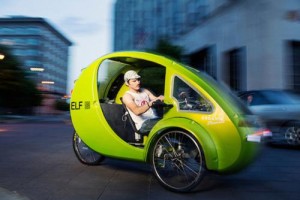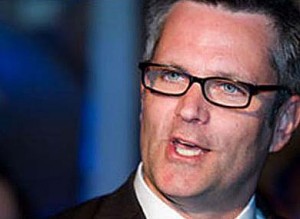Clean Edge, a leading clean-tech research firm, today released its 2014 U.S. Clean Tech Leadership Index. The Index, which tracks the clean-tech activities of all 50 states and the 50 largest metro areas in the U.S. – from EV and renewables adoption to patent and investment activity – is available to partners and subscribers. A 49-page public report, with supporting tables and charts, can be downloaded for free at www.cleanedge.com.
Clean energy is becoming a popular energy choice for mainstream America. Eleven states now generate more than 10 percent of their electricity from non-hydro renewable energy sources, with two – Iowa and South Dakota – exceeding 25 percent. Solar installations climbed more than 40 percent year-over-year in the U.S., while registrations of all-electric vehicles doubled between the 2013 and 2014 indexes, to approximately 200,000 nationwide.
“Climate disruption and the growing availability of market-competitive clean-energy technologies are driving many states and cities to tackle climate issues head-on,” says Clean Edge founder and managing director Ron Pernick. “More than ever, this year’s Leadership Index highlights how some top regions are taking climate action seriously, with double-digit clean-energy adoption rates, new policies like California’s energy-storage mandate, and the deployment of clean-energy investment vehicles such as New York’s green bank.”






